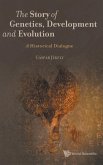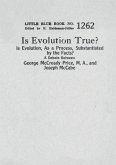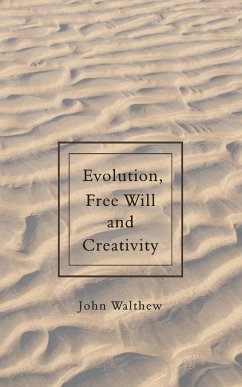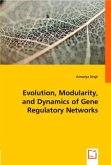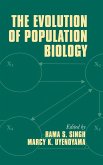Historically, naturalists who proposed theories of evolution, including Darwin and Wallace, did so in order to explain the apparent relationship of natural classification. This book begins by exploring the intimate historical relationship between patterns of classification and patterns of phylogeny. However, it is a circular argument to use the data for classification. Alec Panchen presents other evidence for evolution in the form of a historically based but rigorously logical argument. This is followed by a history of methods of classification and phylogeny reconstruction including current mathematical and molecular techniques. The author makes the important claim that if the hierarchical pattern of classification is a real phenomenon, then biology is unique as a science in making taxonomic statements. This conclusion is reached by way of historical reviews of theories of evolutionary mechanism and the philosophy of science as applied to biology. The book is addressed to biologists, particularly taxonomists, concerned with the history and philosophy of their subject, and to philosophers of science concerned with biology. It is also an important source book on methods of classification and the logic of evolutionary theory for students, professional biologists, and paleontologists.
Table of contents:
Acknowledgements; 1. Introduction; 2. Patterns of classification; 3. Patterns of phylogeny; 4. Homology and the evidence for evolution; 5. Geological and geographical evidence; 6. Methods of classification: the development of taxonomy; 7. Methods of classification: phenetics and cladistics; 8. Methods of classification: the current debate; 9. Classification and the reconstruction of phylogeny; 10. Is systematics independent?; 11. Mechanisms of evolution: Darwinism and its rivals; 12. Mechanisms of evolution: the synthetic theory; 13. Scientific knowledge; 14. Philosophy and biology; References; Author index; Subject index.
Historically, naturalists who proposed theories of evolution, including Darwin and Wallace, did so in order to explain the apparent relationship of natural classification. This book begins by exploring the intimate historical relationship between patterns of classification and patterns of phylogeny. However, it is a circular argument to use the data for classification.
Hinweis: Dieser Artikel kann nur an eine deutsche Lieferadresse ausgeliefert werden.
Table of contents:
Acknowledgements; 1. Introduction; 2. Patterns of classification; 3. Patterns of phylogeny; 4. Homology and the evidence for evolution; 5. Geological and geographical evidence; 6. Methods of classification: the development of taxonomy; 7. Methods of classification: phenetics and cladistics; 8. Methods of classification: the current debate; 9. Classification and the reconstruction of phylogeny; 10. Is systematics independent?; 11. Mechanisms of evolution: Darwinism and its rivals; 12. Mechanisms of evolution: the synthetic theory; 13. Scientific knowledge; 14. Philosophy and biology; References; Author index; Subject index.
Historically, naturalists who proposed theories of evolution, including Darwin and Wallace, did so in order to explain the apparent relationship of natural classification. This book begins by exploring the intimate historical relationship between patterns of classification and patterns of phylogeny. However, it is a circular argument to use the data for classification.
Hinweis: Dieser Artikel kann nur an eine deutsche Lieferadresse ausgeliefert werden.



